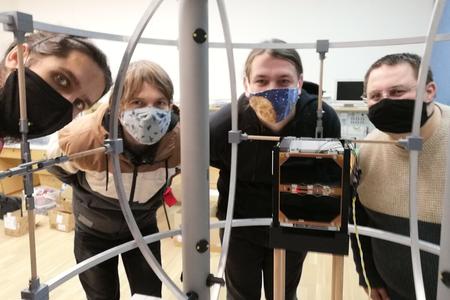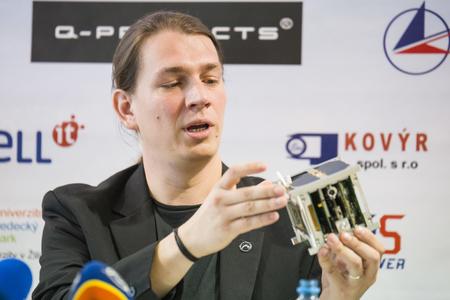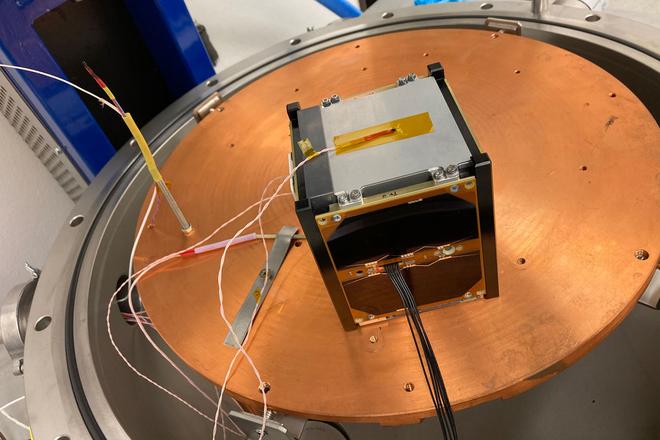The Slovak satellite GRBAlpha became the first miniaturised satellite in the world to detect gamma-ray bursts.
This information stems from the data published by the GRBAlpha team in the online circular of NASA Goddard Space Flight Center.
“Yes, we managed to detect our first gamma-ray burst,” astrophysicist Norbert Werner of Masaryk University in Brno, a coordinator of the mission, told the Živé.sk website.
GRBAlpha thus became the first satellite from the CubeSat category to detect this phenomenon. Usually, they are monitored by big satellites that costs hundreds of millions of euros.

While short gamma-ray bursts last about two seconds, GRBAlpha managed to record quite a long burst. The satellite captured 80 seconds of the 150-second blast, comprised of three peaks, Werner added for Živé.sk.
The detection of the gamma-ray blast was later confirmed by astronomers who compared the data to that from big satellites.
International cooperation
The primary goal of the GRBAlpha mission was to verify the functionality of a special detector for gamma rays, based on existing technologies, and which uses silicon photomultipliers, which have not been used in space. The GRBAlpha team continues to monitor the condition of the silicon photomultipliers.

The GRBAlpha satellite is the second Slovak satellite in space. It has a cubic shape measuring 10 x 10 x 10 cm and weighs about one kilogram. The satellite was transported to space onboard a Russian space rocket in March 2021.
The project coordinator of the mission is the Technical University of Košice, while the satellite platform comes from Jakub Kapuš's Spacemanic company, who was behind the project of the very first Slovak satellite, skCube. Several key components were developed by the Slovak company Needronix, Živé.sk reported.
This is an international project, as also Hungary, Japan and the Czech Republic took part.



 The testing of GRBAlpha satellite. (source: Faculty of Aeronautics of the Technical University of Košice)
The testing of GRBAlpha satellite. (source: Faculty of Aeronautics of the Technical University of Košice)